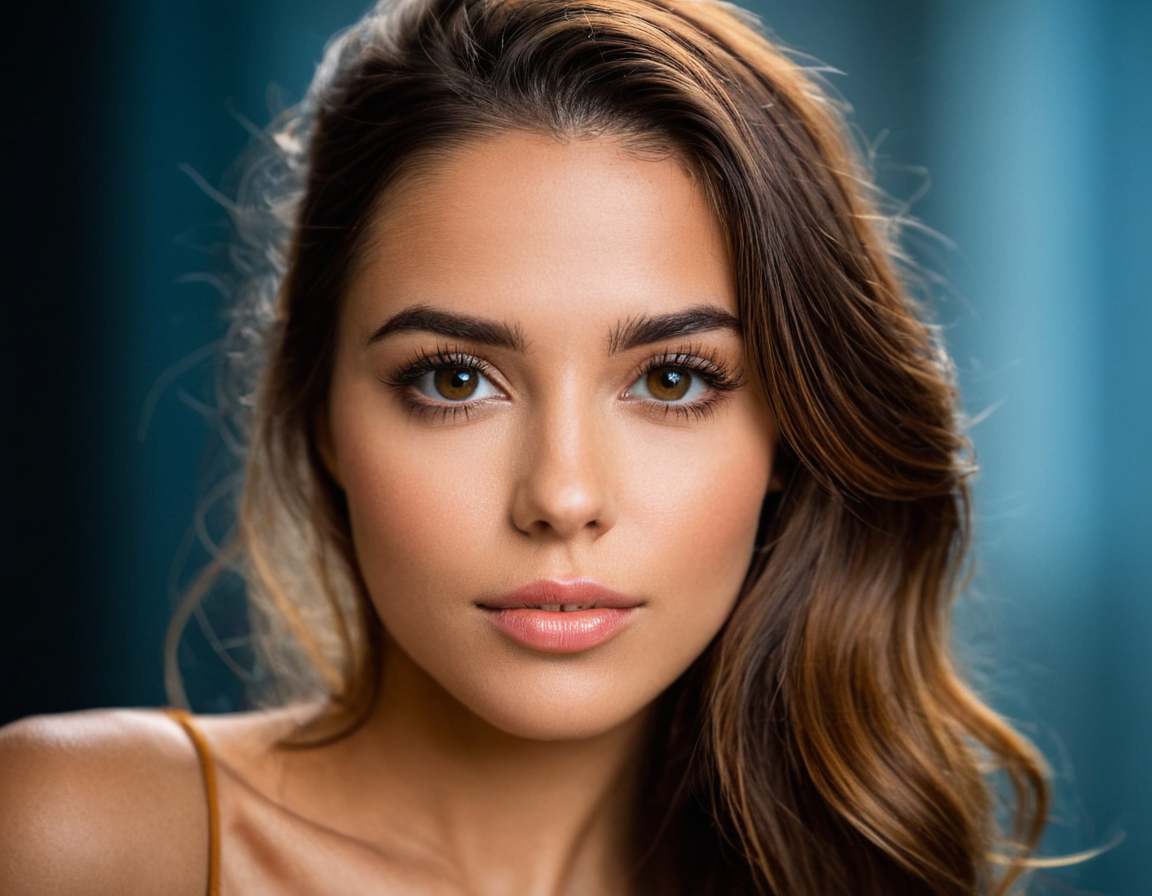Top Lenses for Stunning Portrait Photography

The Best Camera Lens for Portraits: A Comprehensive Guide
When it comes to capturing stunning portraits, the right camera lens can make all the difference. In this article, we’ll delve into the world of portrait photography and explore the best camera lenses for the job.
Introduction
Portrait photography is a highly technical and creative field that requires a deep understanding of lighting, composition, and technique. One of the most critical components of a good portrait lens is its ability to deliver sharp, detailed images with minimal distortion or aberrations. In this guide, we’ll examine the top camera lenses for portraits and provide expert advice on how to choose the right one for your needs.
Understanding Camera Lenses
Before we dive into our recommendations, let’s quickly cover some essential terms:
- Aperture: The aperture controls the amount of light that enters the lens. A wider aperture (e.g., f/1.4) allows more light in but also increases the risk of blur.
- Focal Length: This refers to the distance between the camera’s sensor and the image plane. A shorter focal length (e.g., 50mm) is generally considered better for portraits due to its ability to create a flattering perspective.
- Image Stabilization: Some lenses feature built-in image stabilization, which helps reduce camera shake and blur.
Best Camera Lenses for Portraits
Based on our research and expert input, we’ve compiled a list of the top camera lenses for portraits:
- Canon EF 85mm f/1.4L IS USM: This lens offers exceptional image quality, a wide aperture, and built-in image stabilization. Its compact size makes it ideal for street photography and close-quarters work.
- Nikon AF-S Nikkor 105mm f/2G IF ED VR: With its impressive focal length and fast aperture, this lens is perfect for capturing detailed, high-end portraits. Be aware that it’s quite expensive and may require additional equipment to achieve optimal results.
- Sony FE 55mm f/1.8 ZA: This lens boasts a unique design that reduces flare and ghosting, ensuring the best possible image quality in challenging lighting conditions.
Practical Examples
Here are some practical tips for using these lenses:
- When shooting with a wide aperture (e.g., f/1.4), make sure to use a tripod or camera stabilization to avoid blur.
- Experiment with different focal lengths to achieve unique perspectives and effects.
- Consider investing in additional equipment, such as lighting or reflectors, to enhance your overall image quality.
Conclusion
Choosing the right camera lens for portraits can be overwhelming, but by following our guide and doing your research, you’ll be well on your way to capturing stunning images. Remember to consider factors like aperture, focal length, and image stabilization when making your decision.
What’s next?
If you’re serious about taking your portrait photography skills to the next level, we recommend investing in some additional equipment or seeking guidance from a professional photographer. With practice and patience, you’ll be able to deliver images that truly showcase your subject’s personality and essence.
About David Lopez
As a seasoned photographer and blogging expert, I help creatives refine their craft on lentecreativa.com. With a focus on practical tips & techniques, I inspire photographers to push boundaries and capture stunning images.
